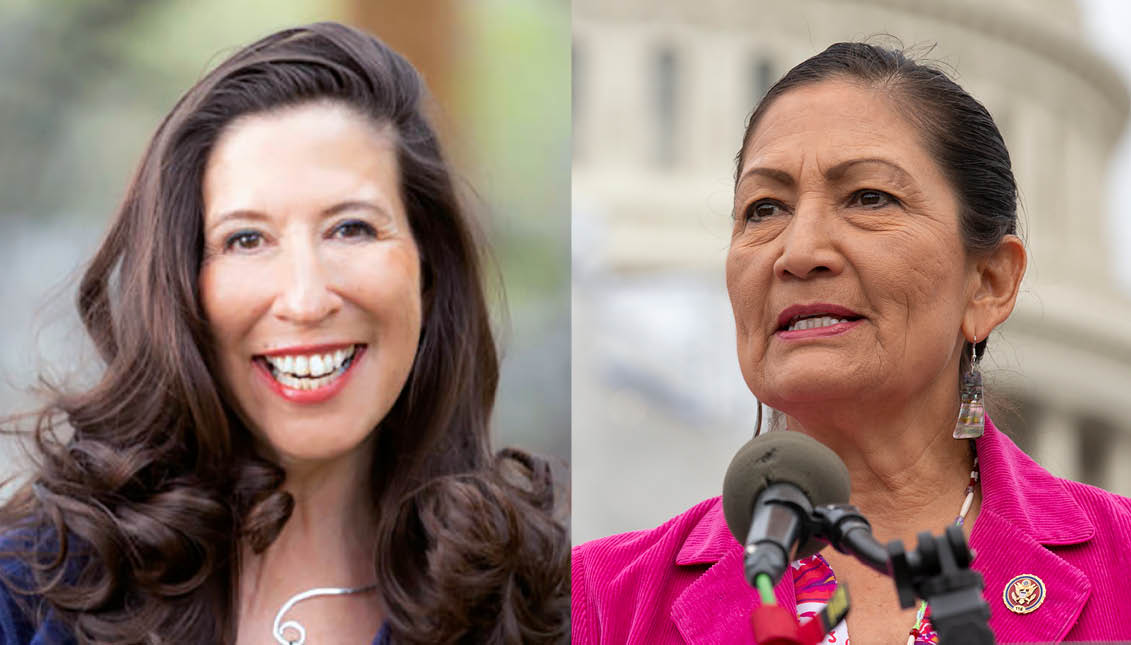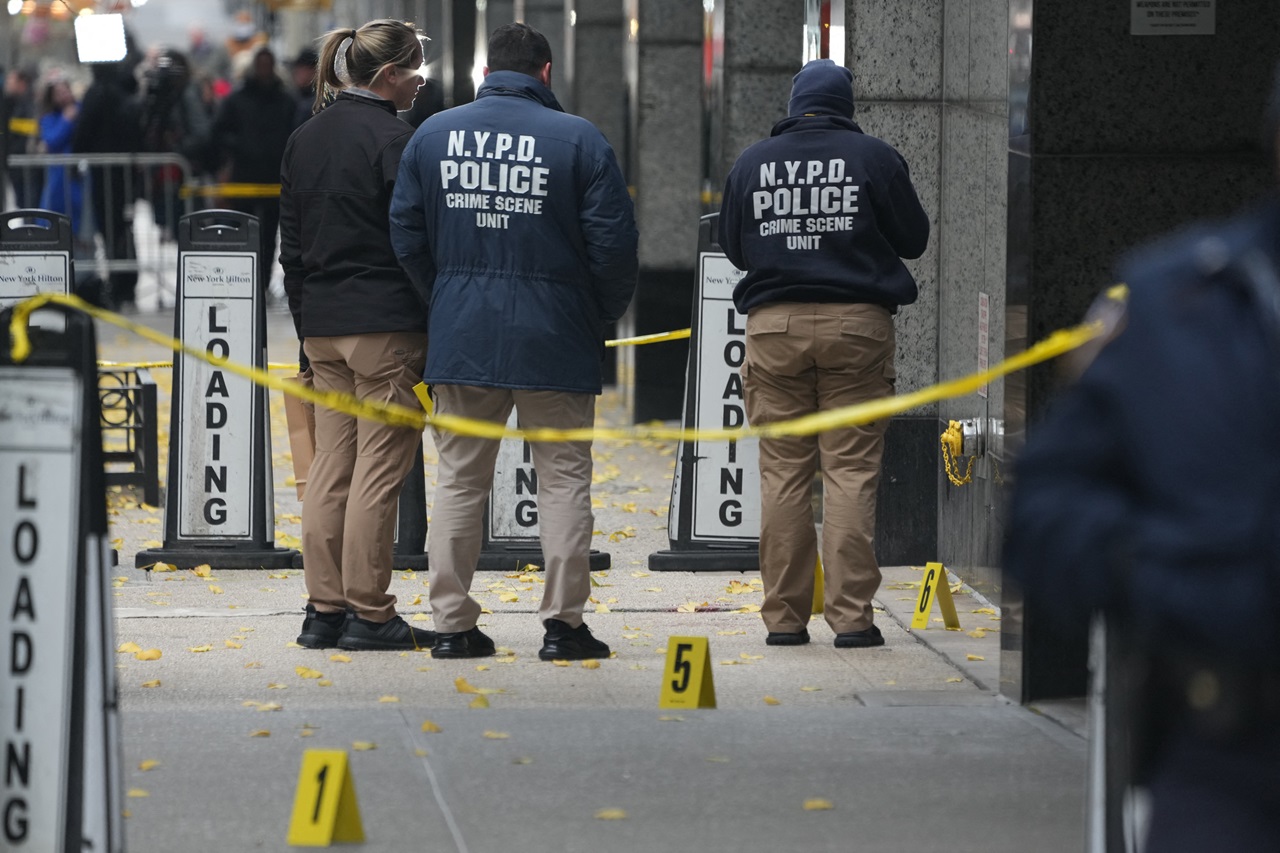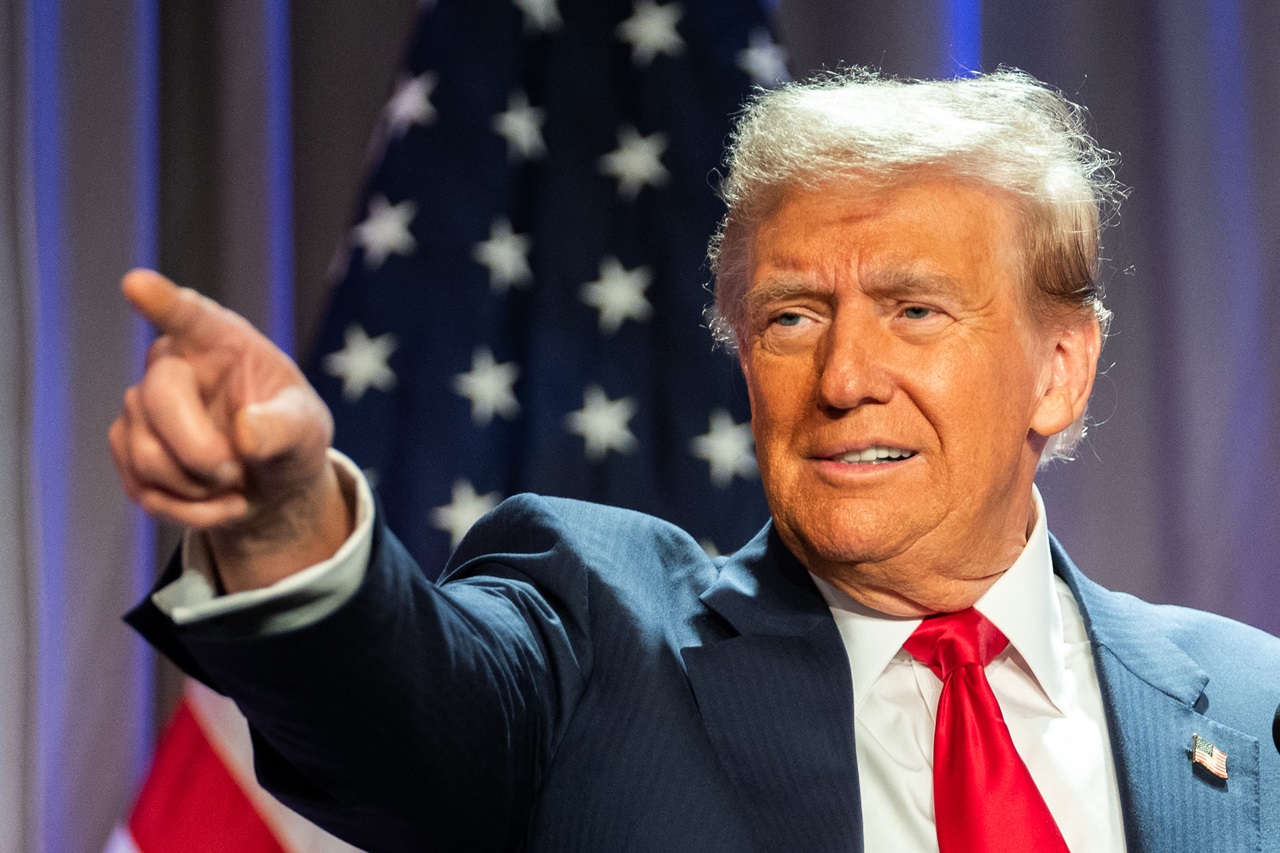
What is National Day of Awareness for Murdered and Missing Indigenous Women?
According to the U.S. Justice Department, Native American women face murder rates that are more than ten times that of the average murder rate.
“Native Women are two times more likely to be raped or sexually assaulted in comparison to non-Native women. And on some reservations, Native women also face murder rates more than 10 times the national average. Since 2017, May 5th has been recognized as a national day of awareness for missing and murdered Indigenous women and girls.”
This was Representative Teresa Leger Fernandez (D-NM), chair of the subcommittee for indigenous peoples of the United States and member of the Natural Resources committee. On May 5, the committee released a video recognizing the national day of awareness.
According to the U.S. Justice Department, Native American women face murder rates that are more than ten times that of the average murder rate.
Since 2016, there have been over 5,700 known incidents. A staggering 84% of Native American and Alaskan Native Women experience some form of violence during their lifetime. According to the CDC, murder is the third leading cause of death among Native women between ages 15 and 24.
“We need action now. We must provide adequate resources and remove systemic barriers that currently prevent tribal nations from the crisis of missing and murdered indigenous women and girls. I hope you will join us in pushing for this action,” Leger Fernandez continued.
Native women face murder rates more than 10x the national average.
— Natural Resources Committee (@NRDems) May 5, 2021
Today is the National Day of Awareness for Murdered and Missing Indigenous Women.@NRDems are working with the Biden administration and @SecDebHaaland to address this vital and urgent #MMIW #SilentCrisis. pic.twitter.com/FZOHsu17U6
The day is designed to shine a light on the staggering number of abducted and murdered indigenous women in the U.S., with ceremonies being held nationwide in indigenous tribes and communities to bring awareness to the movement, which comes at a crucial time of heightened levels of violence.
The crisis isn’t incidental. Reservations are often located near highways, in remote regions with poor cellular service, making them subject to higher rates of violence and trafficking activity. That, and there has been a lack of attention to the widespread crisis over the years.
Much of the legislation regarding the issue is also either outdated or has lacked adequate implementation.
Savanna’s Act passed the House in 2020, would address the crisis by increasing data coordination and collection, along with providing a roadmap for law enforcement response to reports of such violence.
The legislation was named after Savanna La Fontaine-Greywinde, a member of the Spirit Lake Sioux tribe, who was abducted and murdered while pregnant in Fargo, South Dakota in 2017.
It has yet to pass the Senate.
RELATED CONTENT
Months later, in March 2020, Rep. Ruben Gallego reintroduced the Native American Child Protection Act alongside California’s Rep. Don Young.
If passed, it would improve the prevention, investigation, treatment, and prosecution of child abuse and neglect on Native lands by ensuring tribes have the resources they need to take care of Native children in culturally competent ways. It does so by approving and reauthorizing three programs originally passed as part of the Indian Child Protection and Family Violence Prevention Act.
The original bill was drafted in response to widespread reports that Native children were being physically sexually abused in the Bureau of Indian Affairs-run boarding schools in the 1980s.
It was originally drafted to identify the scope of unreported child abuse on Native lands, fill gaps in child welfare service, improve coordination in child welfare and domestic violence programs, and provide funds for mental-health treatment in these regions.
This bill also has yet to be passed into law.
Former U.S. Rep. Deb Haaland also became the first-ever secretary of the interior, making history and big strides for Native representation. She has taken it upon herself to advocate for the heightened rates of missing person cases in Native communities.
The rates of missing person cases in the American Indian and Alaska Native communities are disproportionate, alarming, and unacceptable. But I believe we are at an inflection point. We have a @POTUS @VP and an administration who see us. And we can’t turn back. #MMIP pic.twitter.com/RhMcgnqDtg
— Secretary Deb Haaland (@SecDebHaaland) May 5, 2021
“The rates of missing person cases in the American Indian and Alaska Native communities are disproportionate, alarming, and unacceptable. But I believe we are at an inflection point. We have a @POTUS @VP and an administration who see us. And we can’t turn back,” she wrote.
She and countless other advocates for Native women have said that the cycle of violence must end. Bills need to be passed into law, not merely proposed, and awareness has to extend beyond a single day in May.











LEAVE A COMMENT:
Join the discussion! Leave a comment.